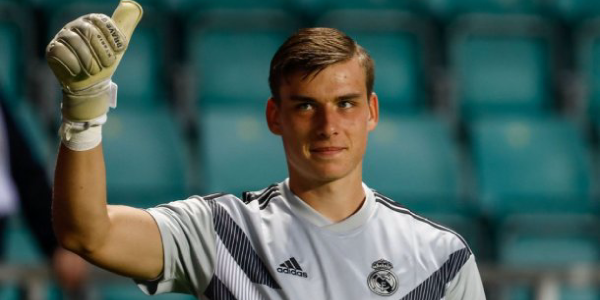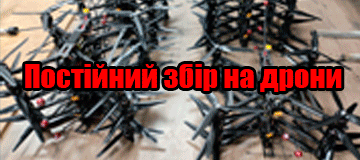PER ASPERA AD ASTRA (through hardships to the stars) – Oleksiy Varyvoda, Ukrainian Professional Sport Ballroom Dancer and Teacher Sharing his experience in an achievement of the significant results in Dance Sport
Інші види — 13:00, 16 Чер 2016 —
Переглядів: 3087
Останні новини

З Іспанії прийшли важливі новини про Луніна
06:30, 10 Лист 2025 — kendu19, Футбол
Реклама:
11:00


